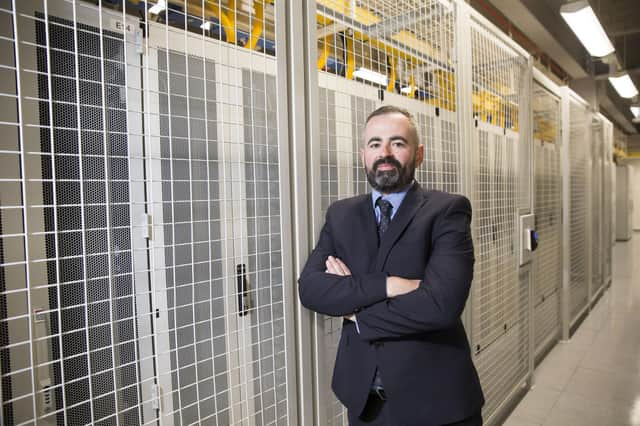Why it’s time for IT departments to increase the scope of their carbon reporting - Danny Quinn


To reduce some of these – perhaps unnecessary – digital emissions, measurement and reporting is key. So much so that, in the near future, we could realistically see websites giving users a receipt of how much carbon their online activity has consumed.
For businesses, measuring the environmental footprint of IT services is a crucial part of their environmental, social and governance (ESG) reporting, with investors, customers and even employees becoming more concerned with organisations’ wider impact. That said, there is still no single system for the measurement of ESG concerns for digital services and, particularly when it comes to reporting, the devil is in the detail.
Advertisement
Hide AdAdvertisement
Hide AdIt differs between sectors, but organisations typically focus on what is referred to as ‘scope one’ and ‘scope two’ emissions, which includes both emissions from operations and the energy they purchase.
Widening the reporting to include ‘scope three’, however, can make a big difference to a business’ ESG performance. This takes into account the carbon derived from business travel, transportation of goods, employees commuting and the choice of suppliers, bringing any outsourced cloud technology into the equation.
This change could make a real difference to reported performance. For example, a company that previously utilised an on-site data centre would see their scope one emissions drastically fall when moving to the cloud, but they would also likely have a big increase in scope three, potentially negating the supposed improvement.
To achieve the best results in ESG terms, it’s about finding the balance while also looking at ways to cut energy consumption altogether. For cloud services, that means reviewing any systems and processes that could be made more efficient. And, of course, this could also result in cost savings as the demand for services is reduced.
There are a number of decisions that companies can make to try and decrease wastage, such as looking at the way cloud storage is used and how long records are kept.
It could also come down to inefficient coding, the amount of time spent idle, overprovisioning, or even user behaviour leading to waste. The first step to making changes is to complete an audit of current performance, which highlights areas for improvement – particularly where a big impact on emissions over the shortest timeframe can be made.
In the business community, ESG is becoming one of the most important factors that influences a whole range of decisions. For consumers of cloud services, there’s an increasing need for accurate reporting of all emissions associated with operations and suppliers. Whether you look at that as helpful or harmful, people are more alert than ever to any perceived greenwashing, so transparency is essential.
Danny Quinn, managing director, DataVita
Comments
Want to join the conversation? Please or to comment on this article.